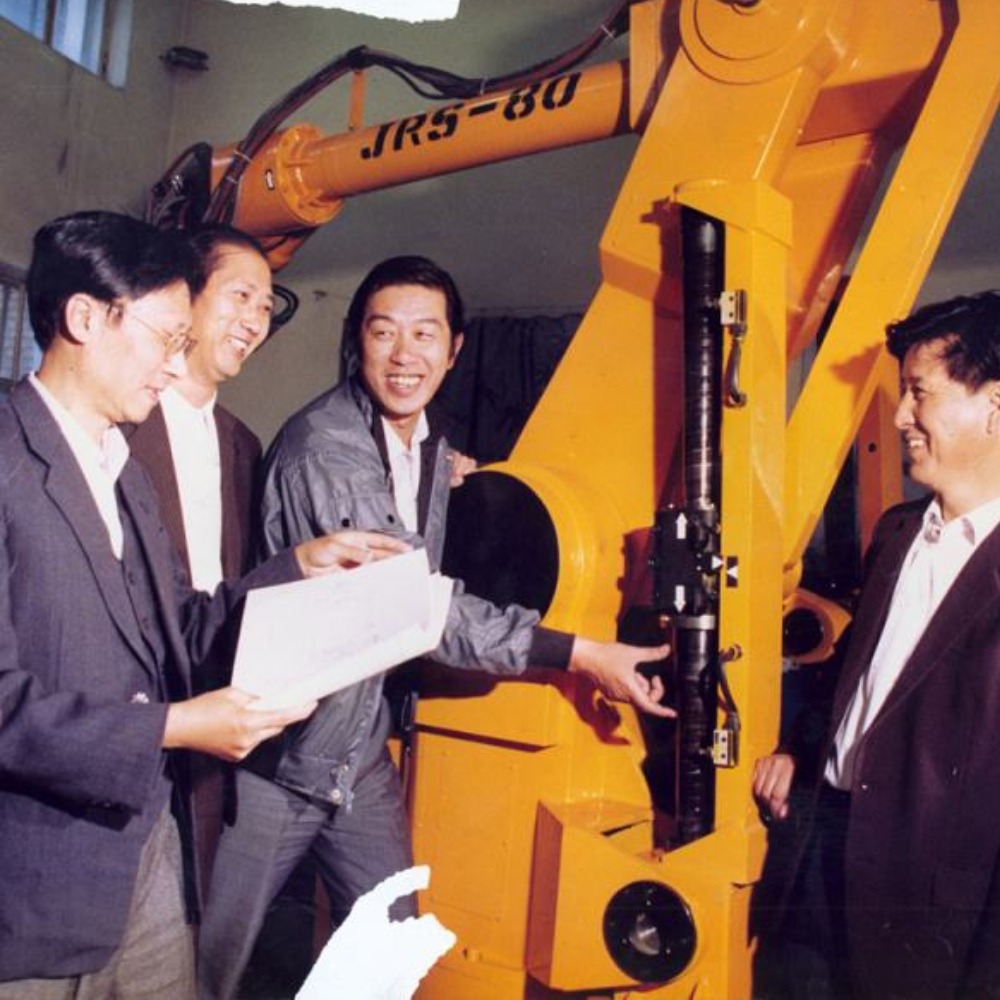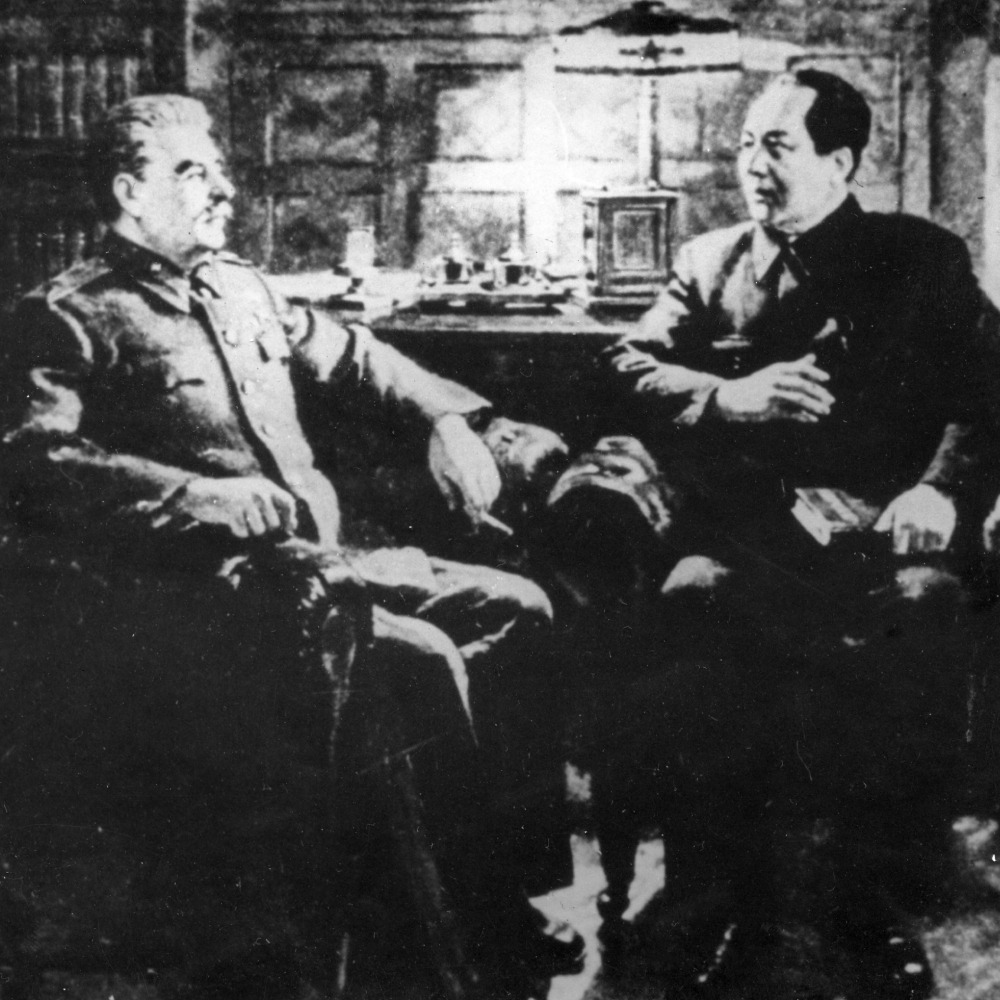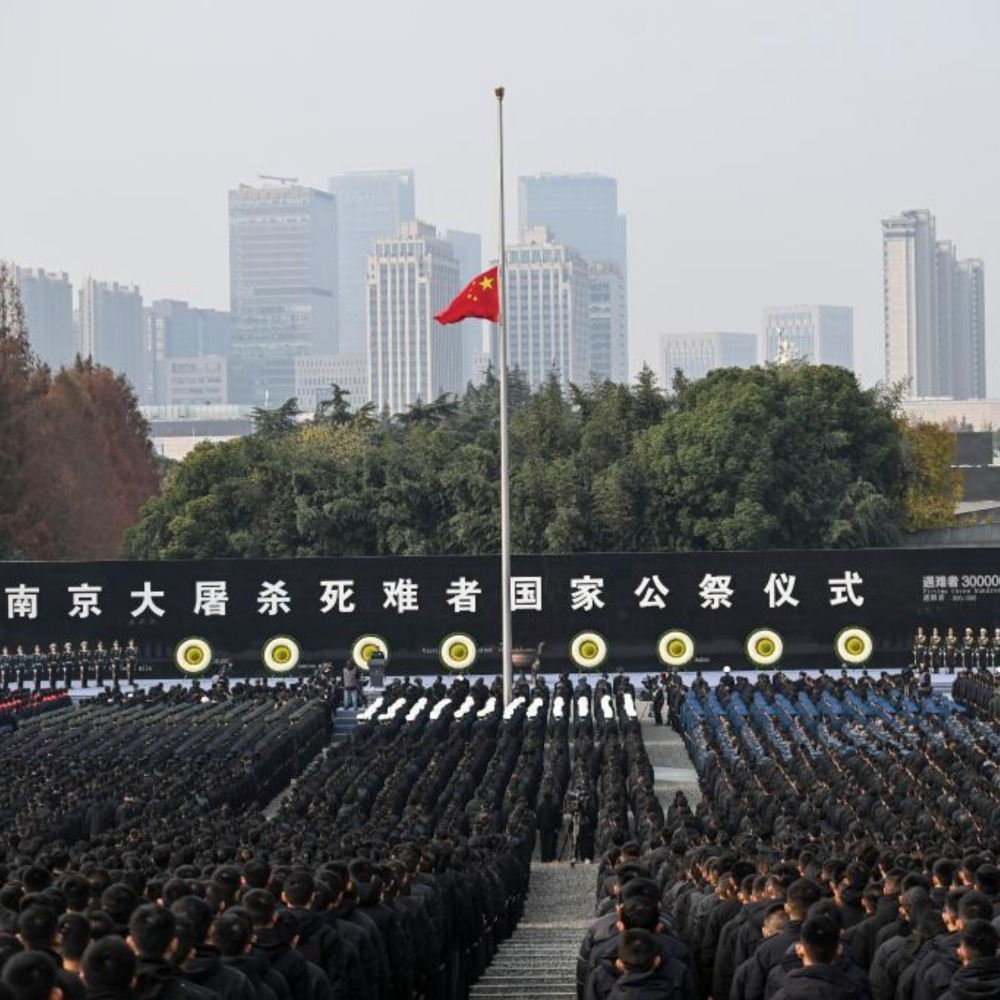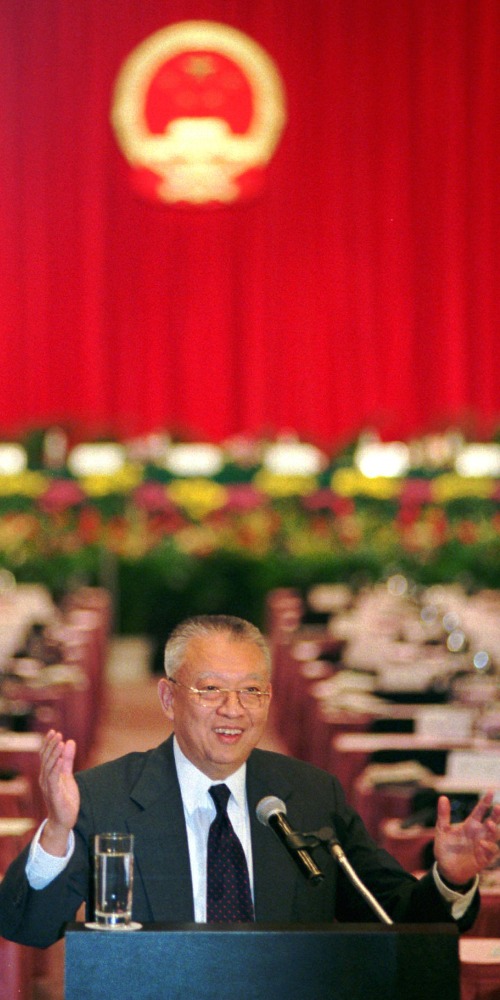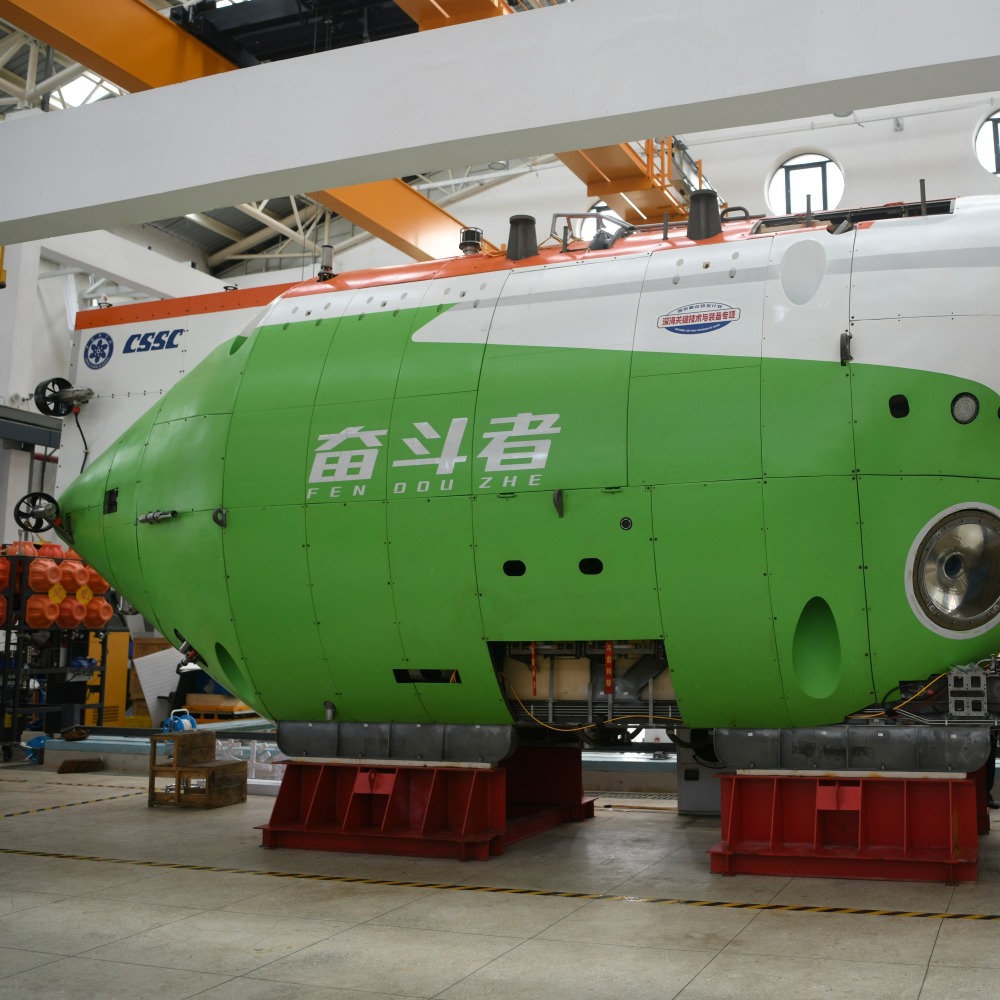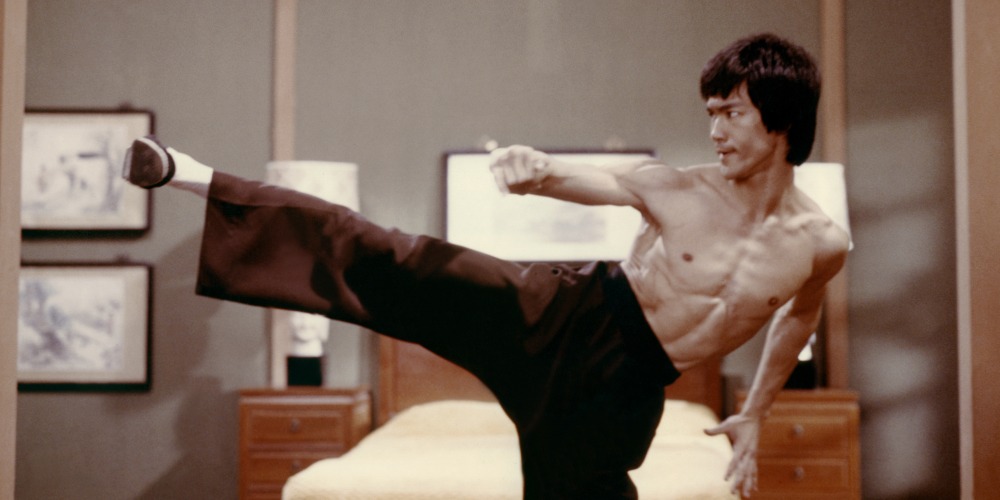Published : 2024-08-07
On August 7, 1994, Liu Haisu (劉海粟), a master of traditional Chinese painting, passed away at 98 years old due to lung infection and heart and lung failure at the Huadong Hospital affiliated with Fudan University in Shanghai.
Liu Haisu, whose given name was Pan (槃) and style name was Jifang (季芳), was also called Haiweng (海翁). He was born in 1896.
He was not only a calligrapher, but also an art educator. In November 1912, he co-founded the Shanghai College of Fine Arts with Wu Shiguang (烏始光) and Zhang Yuguang (張聿光), which later became Nanjing University of the Arts. And he also pioneered coeducation.
Liu cultivated a great number of excellent talents during his teaching career. Together with Yan Wenliang (顏文樑), Lin Fengmian (林風眠) and Xu Beihong (徐悲鴻), they were known as the "four principals", and recognised as the founders of modern Chinese art.
In terms of artistic achievements, many of Liu Haisu's works featured a blend of Chinese and Western elements. He studied in private schools in his early years, absorbing Chinese traditional culture; while in his youth, he studied in Western schools, embracing Western philosophies and being influenced by Western culture.
Liu Haisu's most famous feat was his ten trips to the Huangshan Mountains (黃山), which he dearly loved, between 1918 and 1988, leaving behind a wealth of related works.
In his paintings of Huangshan, there are both small scenes and grand compositions, as well as oil paintings and traditional Chinese paintings.
Liu Haisu employed a variety of techniques such as splashed ink, splashed colour, and line drawing to express the fantastical landscape of the magnificent mountain, pursuing his vision of Huangshan through different artistic languages.







